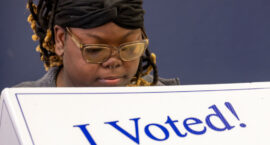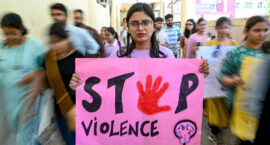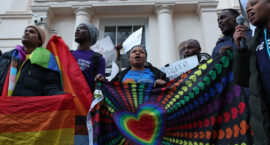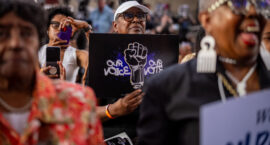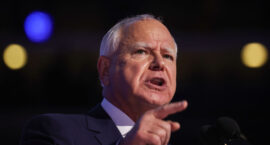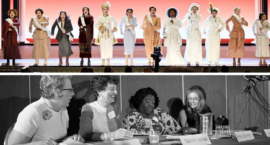As the world approaches a critical juncture with over half its population heading to the polls by the end of 2024, philanthropy faces a pivotal moment.
While conservative foundations intensify funding to restrict rights, progressive donors often stall. Black feminist movements, working at the forefront of transformative change, receive a shockingly small fraction of philanthropic funds—between 0.1 to 0.35 percent. There is an urgent need for philanthropy to support these efforts in the face of growing global challenges and anti-rights organizing.
(This essay is part of a Women & Democracy package focused on who’s funding the women and LGBTQ people on the frontlines of democracy. We’re manifesting a new era for philanthropy—one that centers feminism. The need is real: Funding for women and girls amounts to less than 2 percent of all philanthropic giving; for women of color, it’s less than 1 percent. Explore the “Feminist Philanthropy Is Essential to Democracy” collection.)



